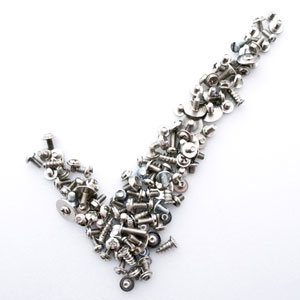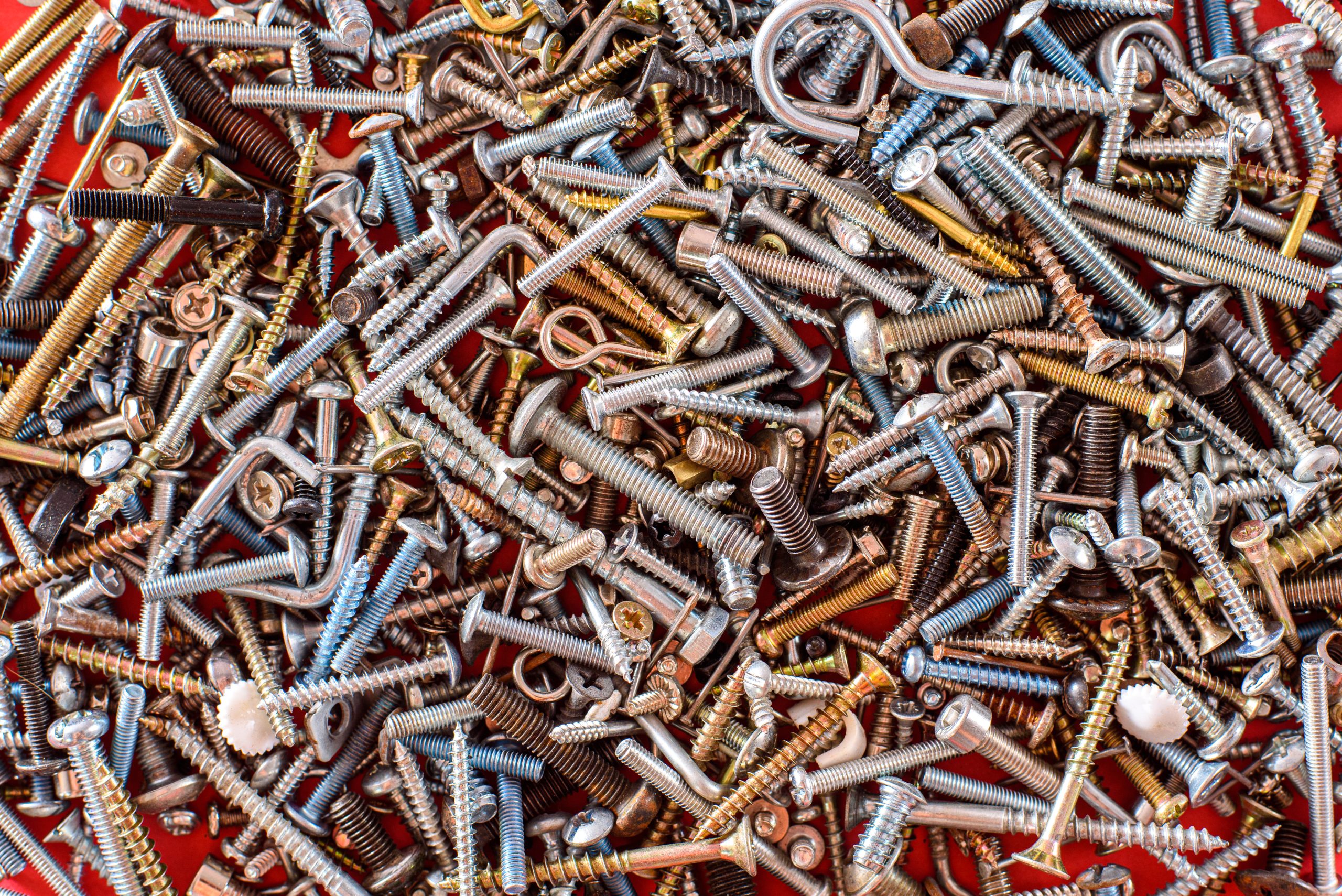
 Specifying fasteners at first might seem pretty straightforward — “I need sheet metal screws.” But in reality, there are several aspects to understanding and specifying fasteners that can help you get precisely the fasteners you need efficiently and cost-effectively.
Specifying fasteners at first might seem pretty straightforward — “I need sheet metal screws.” But in reality, there are several aspects to understanding and specifying fasteners that can help you get precisely the fasteners you need efficiently and cost-effectively.
Let’s say you’re a purchasing agent in a sheet metal fabrication shop and the plant foreman comes to you with a request for a few thousand “Phillips pan, stainless 18-8, ¼-20×2” machine screws”. Do you know what you’re buying?
Here’s the key to cracking the fastener notation code — every fastener is identified with a full description using the same basic categories, regardless of the size, construction, or material used in it. Let’s take a look at fastener description notations and what they mean so you can be better informed when ordering or receiving metal fasteners:
Fastener type All fasteners full under several general categories that include nuts, bolts, and screws. In our example above, this particular fastener is a machine screw used to hold two metal surfaces together using a nut to torque it down.
Head type, which can be described by two characteristics – the drive type and the head style. Our example uses the cross-shaped Phillips drive type and the rounded, inverted frying pan shaped head style commonly used in sheet metal applications. If there is no drive style specified, that usually indicates a hex bolt type head that doesn’t have drive slots, using a wrench instead of a screwdriver to tighten it. In some cases, no head style is noted at all because there is no head, such as with headless set screws.
Material This part of the notation can include three categories:
Plating: plating or coating is often used to resist corrosion or to add a decorative appearance. The most common platings include zinc, galvanized, and chrome.
Grade: alloys such as steel come in various grades which specify certain mechanical properties. In our case, it’s an 18-8 grade stainless steel.
Material: what the fastener is actually made of — our example is a stainless steel (since steel is the most common type) which is further defined by a grade of stainless (see above). Regardless of whether there is plating or grading involved, a material notation will always be used and can include any number of materials such as brass, nylon, and bronze.
Size is the final category and usually includes two to three specifications:
Diameter: typically measured from the outside of the screw or bolt thread, diameter is measured in inches or millimeters. Small fastener diameters are simply numbered.
Thread count & pitch: thread count in the US measures the number of threads per inch; however European fastener threads are measured in millimeters and specify the distance between threads; e.g., a 1.25 pitch indicates a distance of 1.25mm between individual threads.
Length: is measured from the material surface to the end of the fastener. As might be expected, in the US that measurement is in inches, while in Europe it’s millimeters.
So our example above is ¼ inch in diameter, with 20 threads per inch, and a 2” length.
That’s it. By understanding and using the full fastener notation as we described here, you’ll be able to get the right fastener every time.


